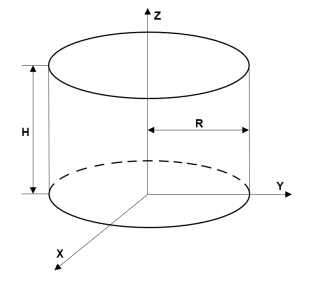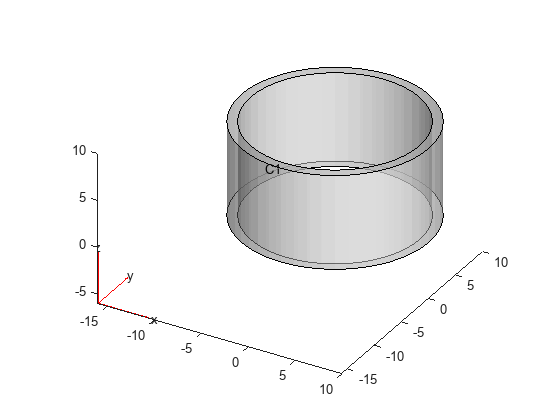multicylinder
Create geometry formed by several cylindrical cells
Description
Examples
Input Arguments
Name-Value Arguments
Output Arguments
Limitations
multicylinderlets you create only geometries consisting of stacked or nested cylinders. For nested cylinders, the height must be the same for all cells in the geometry. For stacked cylinders, the radius must be the same for all cells in the geometry. Use theZOffsetargument to stack the cells on top of each over without overlapping them.multicylinderdoes not let you create nested cylinders of the same radius. The callmulticylinder(r,[h1,h2,...])is not supported.
Version History
Introduced in R2017a




